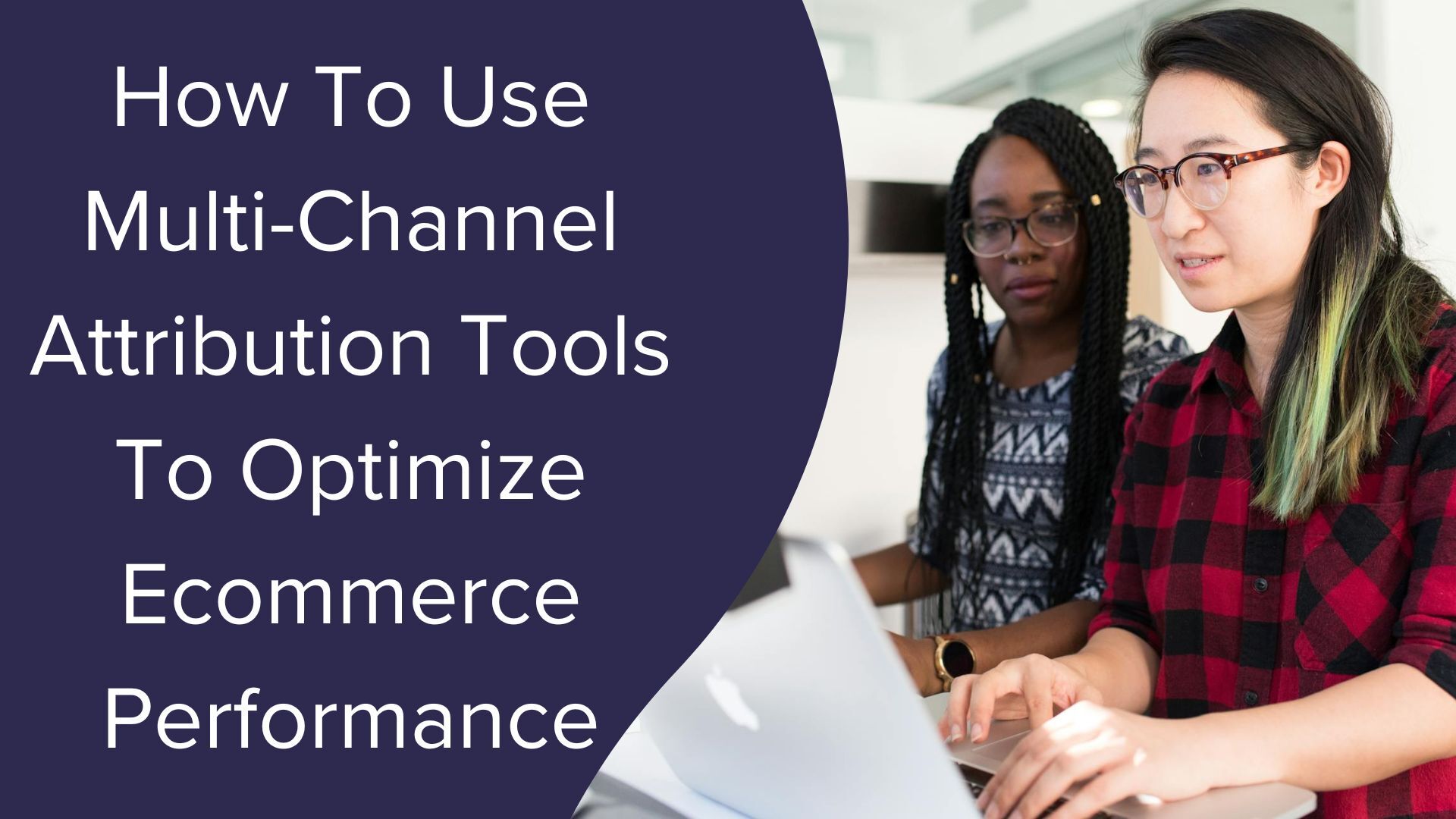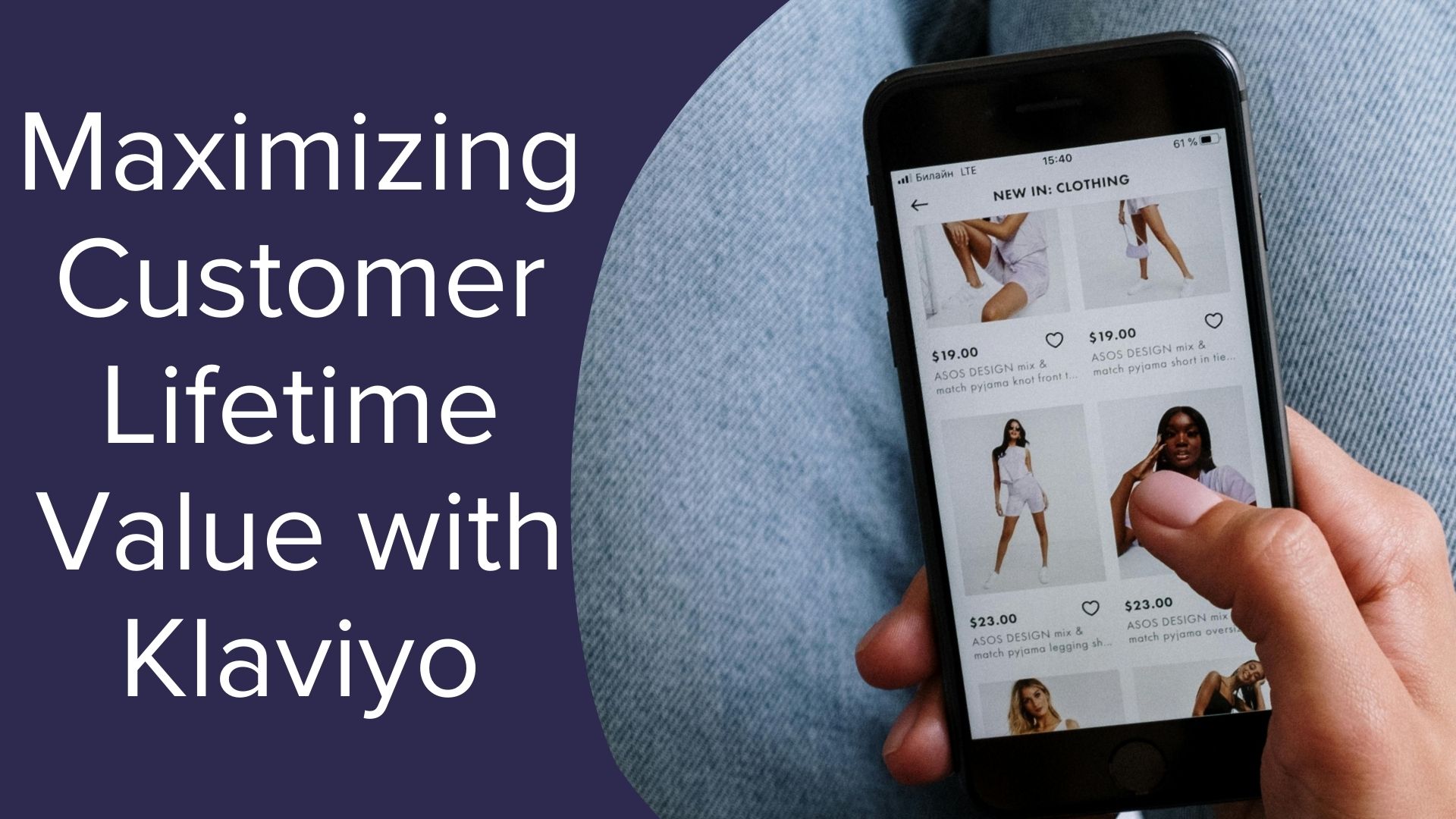5 Things to Do Right Now for a Successful Black Friday/Cyber Monday
According to a survey from McKinsey & Company, 70% of online shoppers planned to participate in Black Friday in 2018. Of this 70%, the bulk of shoppers did not plan ahead on who they would shop from. This means that users are willing to try new brands and products in favor of finding a better deal. And, of course, it is impossible to discuss Black Friday planning without also mentioning Cyber Monday. In 2018, Cyber Monday was the highest-grossing day for digital sales, bringing in about 30% more revenue than Black Friday.
So, knowing that these holidays are considered make-or-break for eCommerce advertisers, the question is, what is the best way to prep for success? Our team of seasoned experts has curated the 5 crucial steps to being set up for holiday success.
1. Plant Seeds Early
Planting seeds early and often to present your products as potential gifting options will pay dividends. We’ve found that advertisers who ramped investment in awareness efforts prior to the holidays saw greater revenue gains on Black Friday and Cyber Monday. Try tactics such as previewing your promotions in advance of key promotional days to ensure success.
2. Incorporate Thanksgiving into Your Strategy
Regardless of what people say, shopping for deals on Thanksgiving is less taboo than you may think. The truth is more shoppers than ever are doing research on holiday gifts as they sit down for their Thanksgiving meals. That’s why it’s important to begin your promotions early or even host separate Thanksgiving deals to take advantage of the holiday traffic.
Another thing to implement if you haven’t already is: optimizing for mobile. Many Thanksgiving shoppers will also be browsing on their mobile devices; in fact, 38% of revenue on Thanksgiving 2018 came from smartphone devices, as opposed to just 30% respectively for Black Friday and Cyber Monday, according to Adobe. Make sure you have full coverage here and that your mobile site is optimized for site speed and user experience. Advertisers who are winning these days are beginning their promotions early or hosting separate Thanksgiving deals.
3. Prepare Analytic Platforms to Track In-Store Visits
If you have brick-and-mortar stores and sell online, yay you! You’re doing well yourself. That’s if, of course, you’re prepared to track omnichannel performance. 48% of the shoppers McKinsey surveyed prefer to shop both in-store and online.
Many channels now allow you to track in-store visits. We strongly recommend all advertisers use the tools available to get more insight into how all channels, not just paid, impact in-store performance.
4. Review Last Years Performance
The gist is that it’s crucial not to pretend this year is a single event. Despite the changing landscape in PPC, there are several areas that you can learn from based on historic performance. Some of these are:
- What did you learn from the ads you ran? Did any generic messaging perform better than others?
- Did ads that described the product benefits/features do better than the ads with price, shipping, and other specific info?
- What bid did it take you to get into the first position?
- Did any keywords or product categories turn out to be hard to advertise in?
- How did the sections of your account that didn’t have a promotion do?
- How big of an increase in spend did you experience? (Note, if you were capped out by your budget, then this is an important step for you to review)
5. Rules of Engagement
It’s always important to anticipate what could happen and plan accordingly. Consider this scenario: You’re expecting to spend $5,000 on Black Friday and aiming for an 800% ROAS. However, Black Friday comes along and by 1 pm you’ve spent the entire $5,000 and have a ROAS of 1,100%. What do you do?
All the PPC managers yell: INCREASE THE BUDGET.
But the question is, by how much? What can the business afford? How much stock would they have left? If they don’t have any stock left, do you have a backup promotion ready? These are the questions to ask your client.
Having your rules of engagement set for the day can be incredibly powerful. You might think you’ll deal with that dream scenario if it happens, but what if on that same day your site starts loading slowly because of the high traffic AND your boss needs to pick up his sick daughter from school?
All of a sudden, you can’t get an answer until it’s too late. Rules of engagement have the potential to save you a huge headache and give you a better opportunity to get the most out of the sale weekend.




